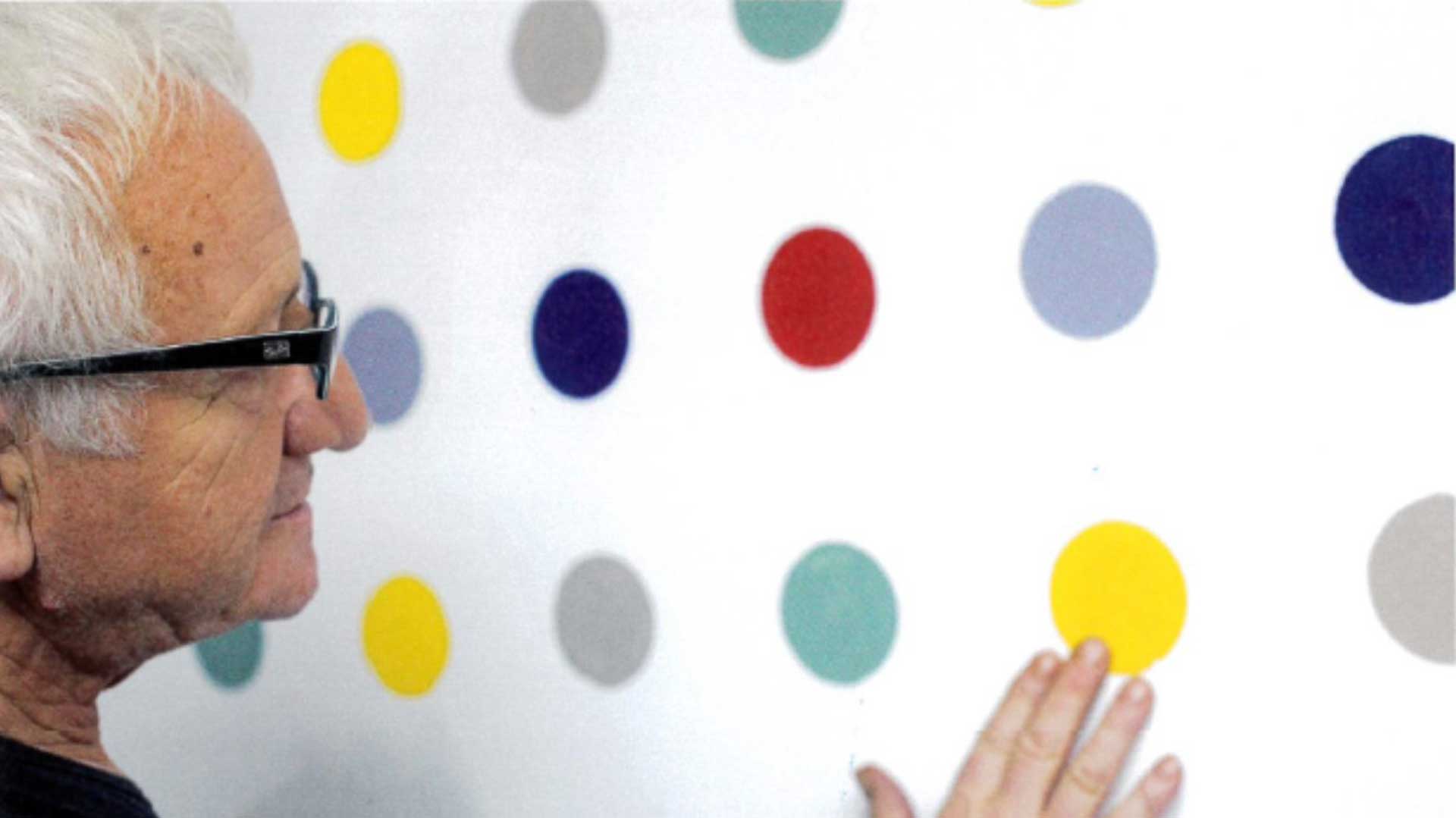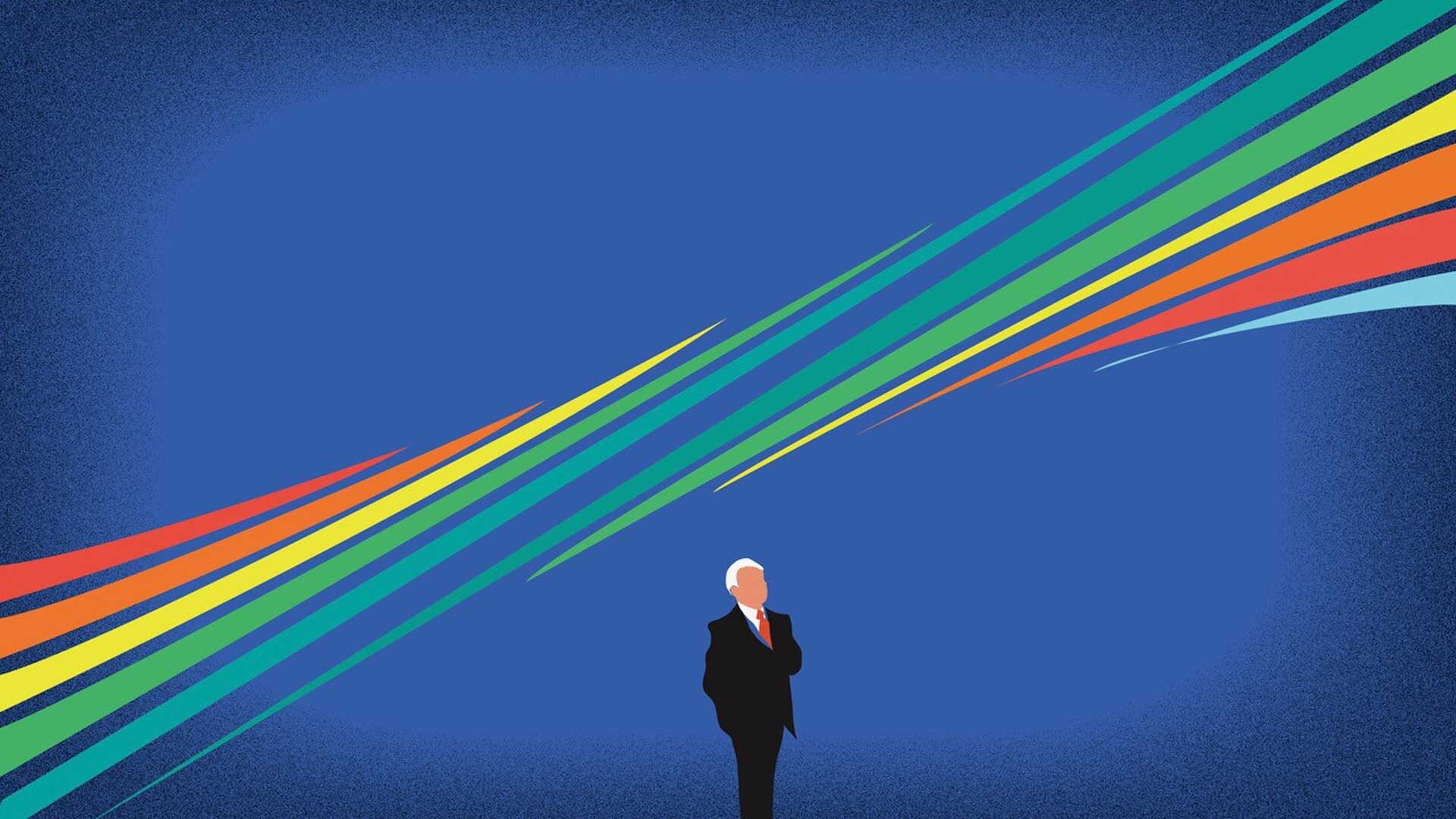The third Level Office Landscape appointment with culture will be held on the evening of Thursday 13th April, from 8pm, inside Level Office Landscape’s showroom. Massimo Gianquitto, founder of the event format, will dialogue with the artist Angelo Dozio, while the historian of art and architecture Francesca Filippi, will introduce the talk.
Angelo Dozio, a talk about the life and the artworks
“All’origine dell’astrazione” is an event part of the LevelHUB free talks dedicated to the promotion of art and architecture. During this occasion, Massimo Gianquitto will dialogue with the artist Angelo Dozio retracing the most salient moments of his career. From his youthful debut, through the paintings dedicated to the agricultural landscape of Brianza and to the glimpses of Merate, the town where he lives and works, to end with the delicate and painful passage that the artist experiences with the definitive overcoming of figuration. A transition that leads him to the informal, a turning point in Dozio’s artistic career.
The topics of the talk with Angelo Dozio
The artist experienced a real ordeal with his first informal work: “The garden” of 1961. To complete it, he took over a year through continuous second thoughts, reflections, uncertainties and sufferings. Dozio’s experience arise from his attendance at the Brera Academy in Milan, a city where he met artists such as Piero Manzoni and Lucio Fontana. And many others who hang out at Bar Jamaica and later became the great masters of the twentieth century. From them, he received ideas and the theoretical background that allows him to grow.
His abstraction begins with the Swallows series, as the curator Gianluca Marziani notes in the introduction of the catalogue of a splendid 2019 anthological exhibition at Palazzo Collicola in Spoleto: “Extreme synthesis that evokes the action of flying through a clear sign, by means of a sensual geometry”.
The transition to geometric abstractionism

Even if reality is still present, Dozio traced sinusoidal waves with a controlled, accurate, but elegant stroke that evoke the natural shape of swallows. And that is his most important ability, and peculiar trait: Angelo Dozio combines the rigor of geometry with the emotional and metaphorical dimension of the artwork.
The Horizons cycle, with monochrome fields in which the lines stretch out to create landscapes, seems to become mental. In the cycle of the Labyrinths, the artist transforms geometric grids into blueprints of contemporary cities, with abstract forms such as in the New York series.
“All of Dozio’s artworks filters the world in a synthetic gaze, scanning it through intuition and bringing it back to the public in a geometric format”, says the art critic Marziani. This happens in each of his works or cycles: Infinites, Curves and Diagonals, until he takes a step beyond the Earth on which he walks. In space with neutrinos and with an even more extreme approach with the series he is currently working on, dedicated to galaxies. There abandonment to the world is complete and intuition has become certainty: “We are children of the Universe”, as the artist declares.
The introduction by Francesca Filippi
The historian of art and architecture Francesca Filippi, author of numerous books, introduces the evening with a speech about Bauhaus and the avant-gardes. A talk that takes up the origins of 1919, when the Bauhaus opens in Weimar, in the same year of the Constitution of the newborn German republic. The director, Walter Gropius, launched a revolutionary educational project and to do so he partnered with many avant-garde artists, including Itten, Feininger, Kandinsky, Klee and Moholy-Nagy.
Gropius himself was close to the groups of expressionists. Germany was one of the epicenters of the most advanced artistic research: in Dresden with the Die Brücke group, in Munich with the Blaue Reiter group, and in Berlin with the magazine and Der Sturm gallery by Herwarth Walden, the Dadaists and some exponents of Russian Constructivism and Neoplasticism. For his school Gropius preferred artists who were experimenting with an abstract language, a fundamental choiche for understanding the developments of design and modern architecture.
Angelo Dozio
Angelo Dozio defines himself “One who draws the lines”. Born in 1941 in Merate, he’s always had a passion for drawing since elementary school and Brianza has provided him a source of inspiration. After many sacrifices he attended an evening art course at the Scuola degli Artifici. The artist exhibited for the first time in a group show in 1959, but his true vocation and his training took place in solitude, in the pure desire to assert himself, in constant stylistic growth. In the 1960s a slow process of dissociation from the figurative system begins,which will lead him to the abstractionism, passing through a phase of symbolic-formal reconstitution, while his painting “The Sound” reveals the passage towards something unusual: geometric and constructivist, to which he consecrated himself definitively in 1967.
In the 1980s Dozio developed the cycle of “Labyrinths”, which revealed a well-structured maturity, while in the 1990s vertical lines predominated in a profound poetry and alternation of colours. Since the 2000s he has been working on the New York cycle, dedicated to the metropolis: an aerial encyclopaedia of parallelepiped-skyscrapers, as well as macro horizontal views. Subsequently Dozio discovers a keystone: he realizes that the painting has its own energy and the small dots in the intersections of the vertical and horizontal lines have a charge and impulse, as if they were “neutrinos”, the smallest quintessence of the existing. Dozio, in 2008, begins a research that frees from the lines towards the point and then continues in a space that has now become sidereal.
Francesca Filippi
Francesca Filippi, graduated in Architecture and PhD in History of Architecture and Urban Planning, writes about architecture, art and design and teaches for public and private universities. She has been the editor of the «Giornale dell’Architettura» (2001 – 2009) and curator of the virtual museum MuseoTorino (2009-2012), inaugurated in 2011 on the occasion of the 150th Anniversary of the Unification of Italy. Filippi published school books, scientific articles on architecture between the 19th and 20th centuries and tourist guides. She is co-author (with Francesco Poli) of the art history course, Beauty remains (Edizioni Scolastiche Bruno Mondadori, 2022), and is the author of “A come Architettura. Visual historical dictionary, in two volumes”. She is also the author of the CreArte art history course, for lower secondary school (Paravia, 2023).
*Photographs and filming will be taken during the event. By participating, the public agrees to the use of the images by Level Office Landscape for communication activities.
